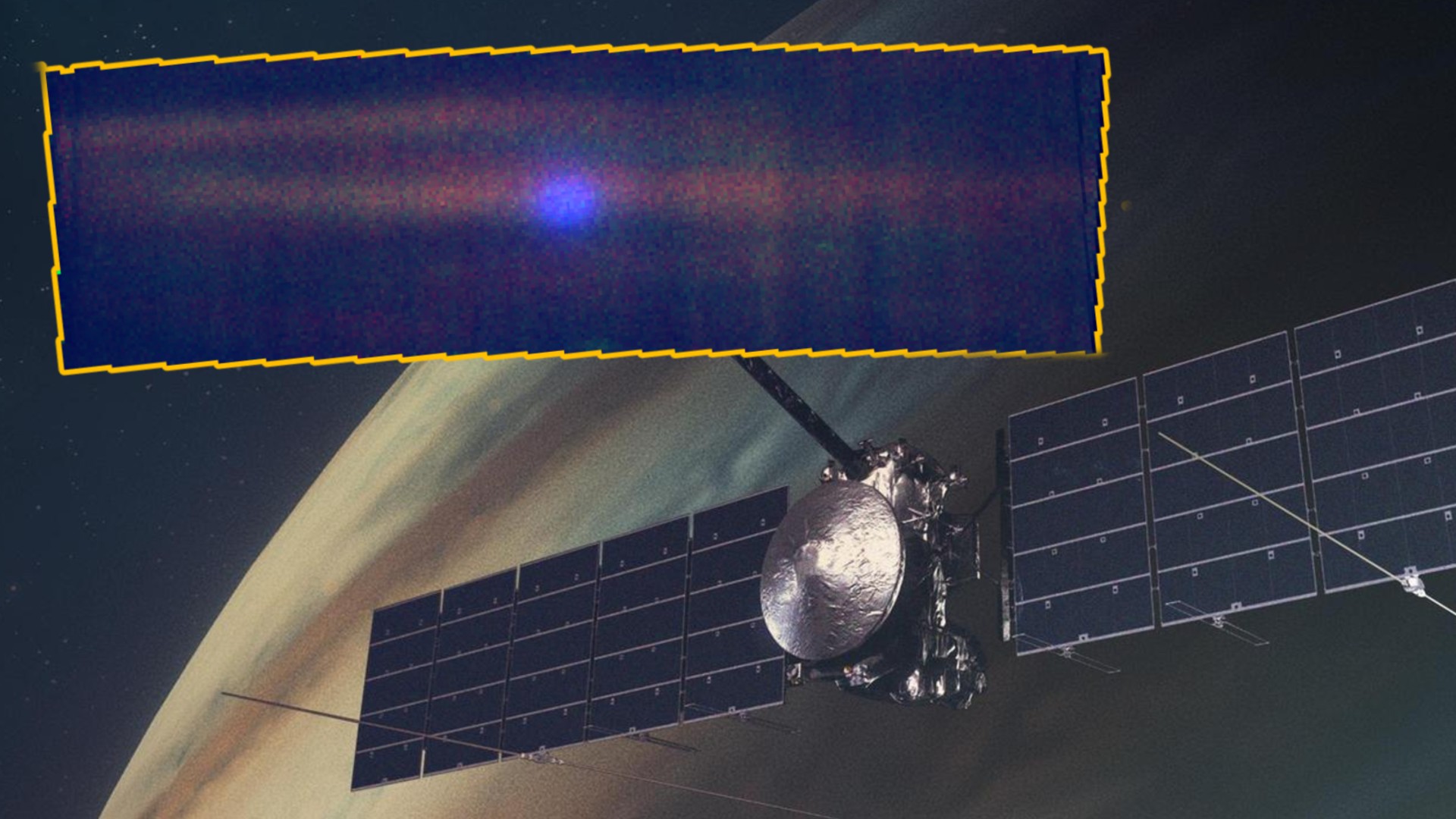California's supervolcano has a massive lid that causes swarms of earthquakes — and that's a good thing, scientists say
A dormant supervolcano in California's Eastern Sierra Nevada mountains lets off the occasional earthquake swarm, but new evidence suggests it's simmering down.

A shuddering supervolcano in California is simmering down, not ramping up, thanks to a giant lid that is covering its magma reservoir, new research finds.
The Long Valley Caldera in the Eastern Sierra Nevada mountains has been unleashing earthquake swarms on a regular basis since 1978, raising concerns that it might be at risk of erupting. That would be a big deal, as the caldera was created 767,000 years ago with an explosion that released 156 cubic miles (650 cubic kilometers) of ash — enough to bury Los Angeles 0.6 mile (1 kilometer) deep in dust.
A new study published Oct. 18 in the journal Science Advances, however, finds that the volcano's piping-hot reservoir is covered with a layer of cooled, crystallized magma-turned-rock. The researchers found that as the upper layer of the reservoir cools, it releases volatile gasses in bubbles and burps that cause earthquakes and the ground to inflate — which suggests the seismic activity in the area is not caused by an impending massive eruption.
"We don't think the region is gearing up for another supervolcanic eruption, but the cooling process may release enough gas and liquid to cause earthquakes and small eruptions," study author Zhongwen Zhan, a geophysicist at Caltech's Seismological Laboratory, said in a statement.
Some of the Long Valley Caldera temblors are quite dramatic. For example, in May 1980 alone, there were four magnitude-6 earthquakes in the region, Zhan said. According to the U.S. Geological Survey, the caldera produced earthquake swarms between 1978 and 1983, between 1990 and 1995, in 1996, and between 1997 and 1998. It also triggered a series of quakes around 2014 and 2019, though at a lower rate than during the earlier swarms.
There are two possible reasons why the Long Valley Caldera might make the earth shake. One is that magma is moving around the subsurface, which would raise the risk of a future eruption. The other is that in the process of cooling, the caldera's magma chamber is letting off liquid and gas that rises and deforms the ground.
To investigate which is responsible, Zhan and his colleagues used an earthquake-monitoring technique called distributed acoustic sensing. This method involves laying out long fiber-optic cables to sense even very small earthquakes. Over 12 months, the researchers detected more than 6,000 temblors. They used these waves to create images of the subsurface, much like an ultrasound uses sound waves to create pictures of internal organs.
Get the world’s most fascinating discoveries delivered straight to your inbox.
The results showed that the less-hazardous hypothesis for the caldera's shaking is the most likely. A lid of crystallized magma about 5 miles (around 8 km) below the surface covers the cooling magma reservoir of the caldera, which is largely situated around 9.3 to 12.4 miles (15 to 20 km) deep. Though this structure does not preclude the possibility that magma will move to shallower depths in the future, it suggests that the caldera is calming down rather than gearing up.
The researchers next plan to use more cable to get better images of the magma chamber itself, further delving into the question of whether the caldera will ever pose a danger to Central California.

Stephanie Pappas is a contributing writer for Live Science, covering topics ranging from geoscience to archaeology to the human brain and behavior. She was previously a senior writer for Live Science but is now a freelancer based in Denver, Colorado, and regularly contributes to Scientific American and The Monitor, the monthly magazine of the American Psychological Association. Stephanie received a bachelor's degree in psychology from the University of South Carolina and a graduate certificate in science communication from the University of California, Santa Cruz.


